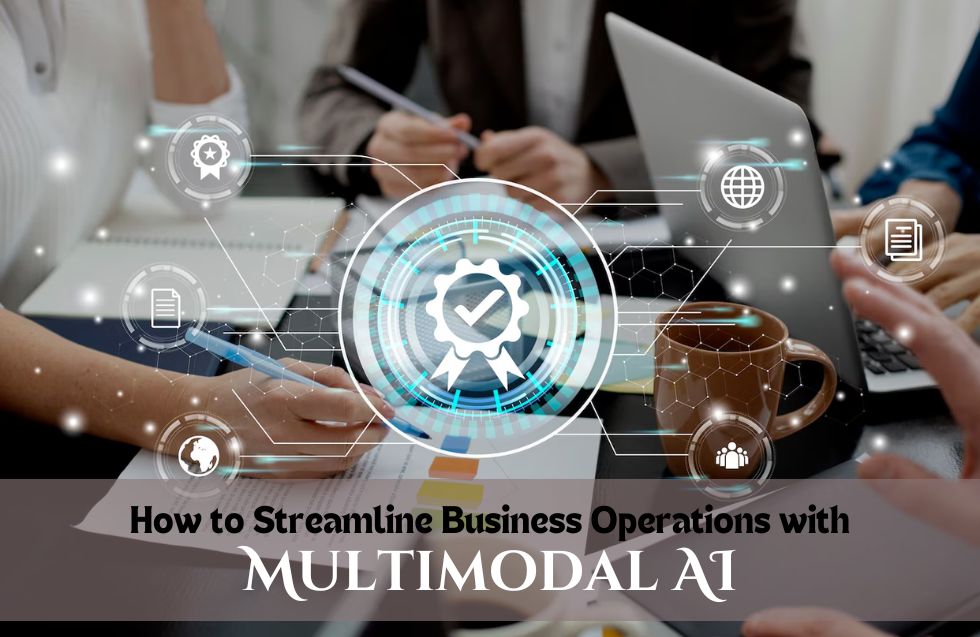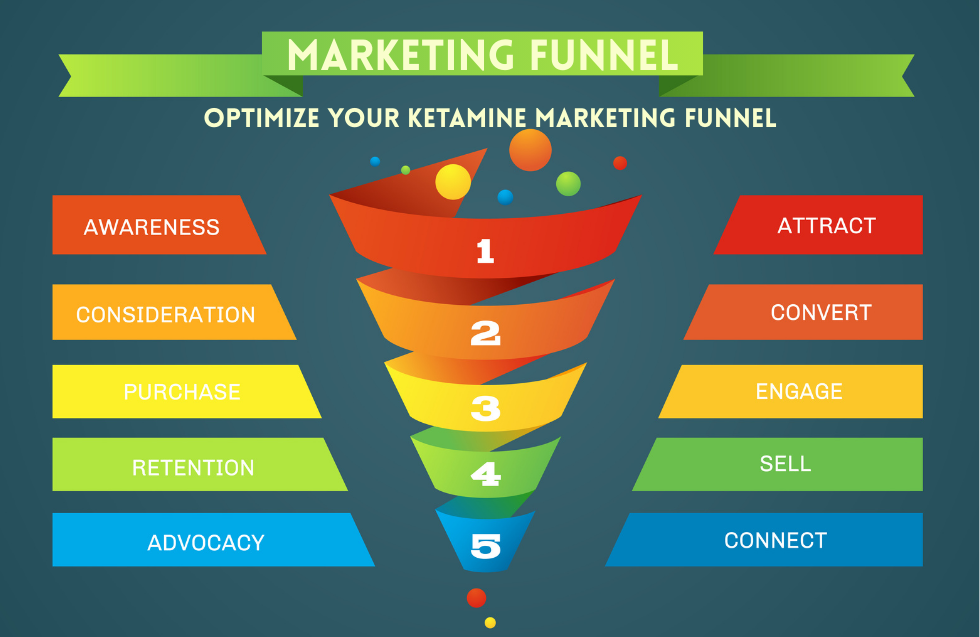In the rapidly evolving landscape of modern business, enterprises are continuously seeking innovative solutions to enhance efficiency and drive growth. One of the most transformative technologies emerging today is Multimodal AI. This powerful approach integrates various forms of data—text, audio, images, and more—enabling organizations to streamline operations and make informed decisions. In this guide, we’ll explore what Multimodal AI is, its benefits, and how to implement it effectively in your enterprise.
What is Multimodal AI?
Multimodal AI refers to artificial intelligence systems that process and analyze data from multiple modalities. Unlike traditional AI, which typically focuses on a single type of input (like text or images), Multimodal AI combines different data sources to create a more holistic understanding of the information. For instance, it can analyze text alongside images and voice inputs to extract insights that would be impossible to obtain from any single mode alone.
Key Components of Multimodal AI:
- Data Fusion: Integrating data from various sources.
- Deep Learning: Leveraging advanced algorithms to analyze and interpret complex datasets.
- Natural Language Processing (NLP): Understanding and generating human language.
- Computer Vision: Interpreting visual information from the world.
Benefits of Multimodal AI for Enterprises
- Enhanced Decision-Making: By combining data from different sources, organizations can gain deeper insights, leading to better-informed decisions.
- Improved Customer Experiences: Multimodal AI can personalize customer interactions by analyzing behavior across various channels—email, chat, and social media—allowing for more tailored responses.
- Operational Efficiency: Automating processes that involve multiple data types can significantly reduce manual effort and the potential for errors.
- Predictive Analytics: By leveraging historical data across various modalities, businesses can forecast trends, identify risks, and optimize operations proactively.
- Innovation in Product Development: Multimodal AI can inspire new products by analyzing customer feedback, market trends, and competitor activities across multiple data formats.
Implementing Multimodal AI in Your Enterprise
Step 1: Assess Your Current Infrastructure
Begin by evaluating your existing data systems and AI capabilities. Identify which data modalities your organization currently utilizes and what additional sources could be beneficial.
Step 2: Define Your Objectives
Clearly outline your goals for implementing Multimodal AI. Whether it’s improving customer service, optimizing supply chain management, or enhancing product development, having specific objectives will guide your implementation process.
Step 3: Invest in the Right Tools and Technologies
Select AI platforms and tools that support multimodal capabilities. Look for solutions that provide seamless integration of text, audio, and visual data, along with robust analytics features.
Step 4: Data Collection and Integration
Gather and consolidate data from various sources. Ensure that the data is clean, structured, and compatible with your chosen AI tools. This may involve setting up new data pipelines or integrating existing systems.
Step 5: Train Your AI Models
Utilize deep learning techniques to train your AI models on the integrated dataset. Ensure that your models can handle the complexity of multimodal inputs and test their accuracy in real-world scenarios.
Step 6: Monitor and Iterate
After deployment, continuously monitor the performance of your Multimodal AI systems. Gather feedback from users and stakeholders, and make necessary adjustments to optimize performance.
Case Studies: Success Stories of Multimodal AI
1. Retail
A leading e-commerce platform implemented Multimodal AI to analyze customer reviews, product images, and browsing behavior. This integration allowed them to enhance product recommendations, leading to a 25% increase in sales conversions.
2. Healthcare
A healthcare provider uses Multimodal AI to analyze patient records, medical images, and clinician notes. The system improved diagnostic accuracy and streamlined patient care processes, resulting in better patient outcomes.
3. Manufacturing
A manufacturing company adopted Multimodal AI for predictive maintenance. By analyzing sensor data, maintenance logs, and employee reports, they reduced downtime by 30%, saving substantial operational costs.
Multimodal AI tools
Here are some popular Multimodal AI tools that can help organizations perform various actions:
1. Google Cloud AI
- Features: Offers tools for natural language processing, computer vision, and speech recognition, allowing for data integration from different modalities.
- Use Cases: Image analysis combined with text data for sentiment analysis.
2. IBM Watson
- Features: Provides APIs for language understanding, visual recognition, and speech-to-text capabilities.
- Use Cases: Customer service chatbots that analyze text and audio inputs for improved responses.
3. Microsoft Azure AI
- Features: Includes services like Azure Cognitive Services, which combines vision, speech, and language capabilities.
- Use Cases: Building applications that require facial recognition alongside textual data processing.
4. Hugging Face Transformers
- Features: A library for NLP models that also supports multimodal applications through integration with image processing.
- Use Cases: Generating captions for images or creating interactive AI that responds to both text and visual inputs.
5. OpenAI’s CLIP
- Features: Connects text and images, allowing for the understanding of images based on textual descriptions.
- Use Cases: Image retrieval systems that find pictures based on natural language queries.
6. NVIDIA DeepStream
- Features: A platform for building AI applications that process video, audio, and sensor data in real-time.
- Use Cases: Smart surveillance systems that analyze video feeds along with audio alerts for anomalies.
7. TensorFlow with Keras
- Features: Allows for the development of custom multimodal AI models combining various types of data (e.g., text and images).
- Use Cases: Research projects that require tailored solutions for specific multimodal datasets.
8. Amazon SageMaker
- Features: Provides tools to build, train, and deploy machine learning models that can handle multimodal data.
- Use Cases: Develop predictive models that analyze user feedback (text) and product images simultaneously.
9. Pytorch with TorchVision
- Features: Enables the creation of deep learning models that can handle image and text data.
- Use Cases: Applications that require visual understanding alongside language processing, such as caption generation.
10. Runway ML
- Features: A creative toolkit that supports text, images, and video processing using AI models.
- Use Cases: Media production applications that generate video content based on script inputs and visual assets.
Conclusion
Multimodal AI represents a significant leap forward in how enterprises can leverage data to streamline operations and improve decision-making. By integrating various forms of data, organizations can not only enhance efficiency but also drive innovation and deliver exceptional customer experiences. As technology continues to evolve, embracing Multimodal AI will be essential for enterprises aiming to stay competitive in the modern landscape.
Investing in this transformative technology today will position your business for success tomorrow.













